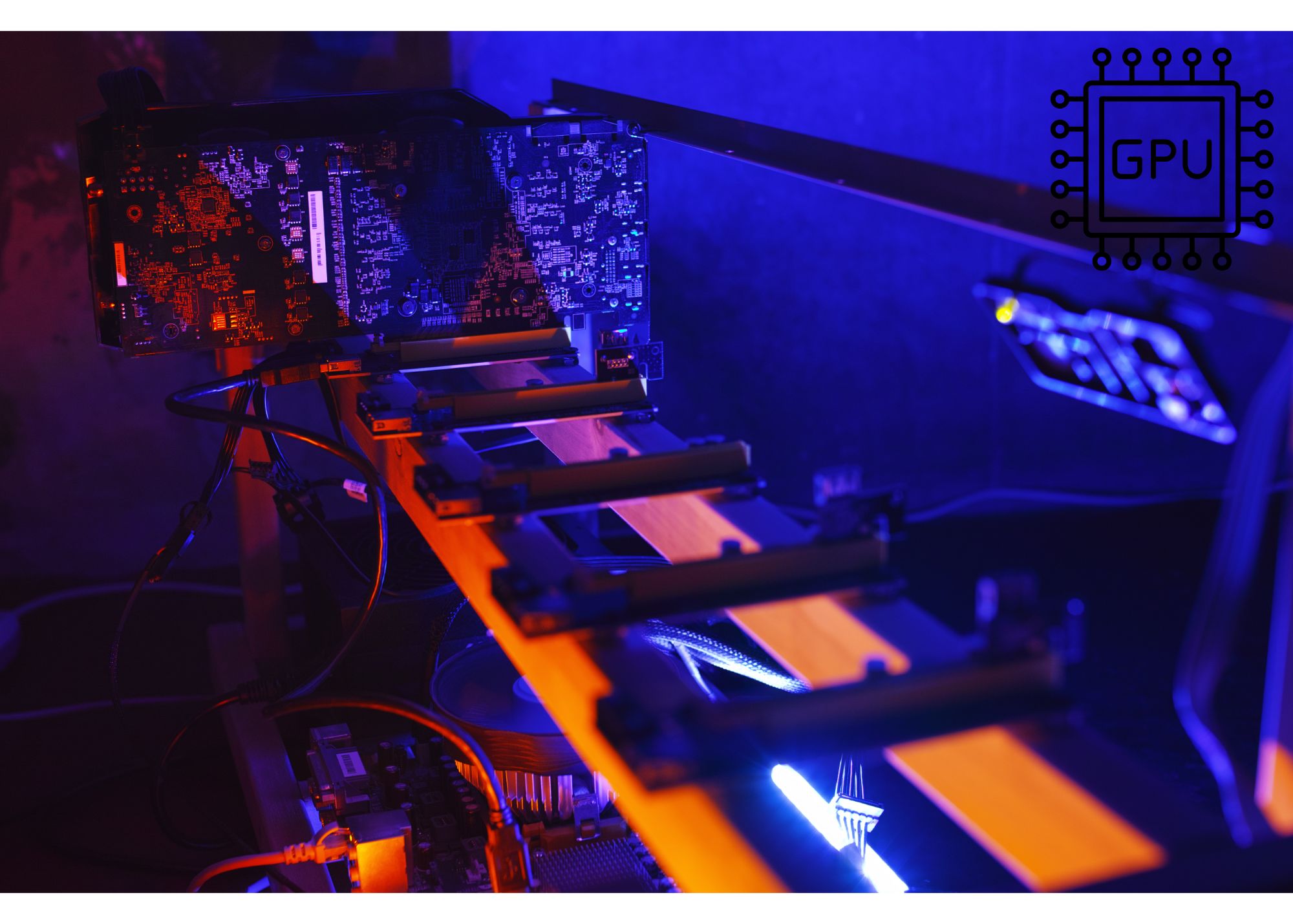Time to Buy Leveraged NVIDIA? The Double-Edged Sword
NVDL is shorthand for the GraniteShares 2× Long NVDA Daily ETF, a leveraged fund that’s designed to return twice the daily performance of NVIDIA stock.
So, is NVDL a smart play or a high-voltage hazard?
Key Points
- NVDL delivers 2× NVIDIA’s daily returns, not long-term gains.
-
Traders use NVDL to amplify short-term bets on NVIDIA without options or margin accounts.
-
Choppy markets erode value fast. Even if NVIDIA is flat, NVDL can fall due to volatility drag.
What Is NVDL?
NVDL is a daily-resetting leveraged ETF that aims to deliver 200% of NVIDIA’s daily price movement. If NVDA jumps 2% today, NVDL is designed to rise about 4%. Fall 3%, and NVDL craters around 6%.
But that “daily” part is critical. This isn’t a fund that targets long-term outperformance. It’s built for short-term speculation, one day at a time.
Why Some Traders Love NVDL
NVDL offers amplified upside without opening a margin account. Want double exposure without opening a margin account or risking more than you put in? NVDL lets you go “2x” without borrowing money. For traders expecting a short-term pop in NVIDIA, this fund offers more bang for each buck.
Unlike options or margin trades, NVDL is as easy to buy and sell as any other stock. There’s no expiration date, no theta decay, no complex Greek math.
It also offers tactical flexibility. Traders often use NVDL to ride momentum, hedge short positions elsewhere, or take advantage of key NVIDIA catalysts like earnings reports or product launches.
Where Things Get Risky
If NVDL sounds like easy money, be wary because these ETFs come with sharp edges, and a surprising number of investors don’t understand how damaging the mechanics can be over time.
NVDL resets daily, which means performance over time can diverge wildly from what you’d expect. If NVIDIA goes up 10% over a month, that doesn’t mean NVDL goes up 20%. The compounding effect, especially in choppy markets, can crush your returns.
In fact, sideways volatility is the enemy. Even if NVDA finishes flat over two weeks, NVDL may be down, sometimes sharply, due to what’s called volatility drag.
The leverage works both ways. If NVDA drops 5%, you lose 10%. That might be manageable once or twice. But stack a few bad days in a row, and losses multiply fast.
Even a bounce back in NVDA won’t fully repair the damage, thanks to the way percentages work (a 50% drop needs a 100% gain to break even).
As a result, this isn’t a buy-and-hold instrument. It’s built for daily speculation, not multi-week investing. The longer you hold NVDL, the greater the odds your returns veer off course, even if you’re “directionally right” on NVIDIA.
Just ask anyone who held NVDL during a volatile Q1 of 2025. NVIDIA was down modestly, but NVDL lost over 30%.
Who Should Use NVDL?
NVDL is best suited for experienced traders who:
-
Watch NVIDIA closely and understand its trading patterns.
-
Use technical analysis or catalysts to anticipate short-term moves.
-
Set tight stop losses and exit quickly if a trade goes against them.
If you’re a long-term NVIDIA bull? You’re probably better off just buying the stock or a non-leveraged ETF like SMH or QQQ. Those won’t give you the same fireworks, but they won’t blow up your portfolio on a technicality either.
Powerful, but Dangerous
NVDL is like dynamite, incredibly powerful when used correctly, but dangerous in the wrong hands. If you treat it as a tactical instrument and respect its mechanics, it can offer interesting upside.
But don’t mistake it for a long-term growth vehicle. This is not how you invest in the AI revolution, it’s how you trade it.
So if you’re buying NVDL, make sure you’re not just betting on NVIDIA, you’re also betting on yourself. And in the fast-moving world of leverage, confidence is only valuable if it’s matched by discipline.



